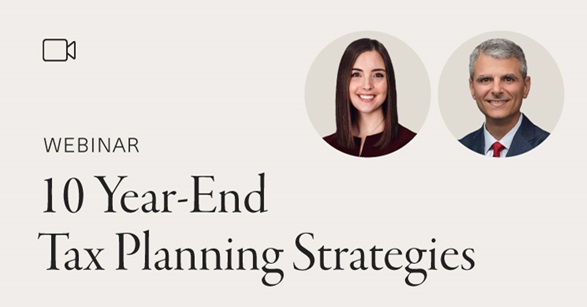Women now control more than half of U.S. personal wealth, and their share of the wallet is growing: Women are staying single for longer, taking on bigger roles in the workplace and on average outliving men.
While women own a growing share of wealth, many neglect to truly take control of it. Numerous studies suggest that women often aren’t as proactive about managing their money as they could be. Single women are more likely than the general population to say that a lack of financial literacy hinders their ability to invest, and fewer than half say they’re confident about making the right financial decisions for their portfolios. Among married women globally, more than half defer to their spouses when it comes to long-term financial decisions. This is true even among younger segments, with 61% of millennial women saying their spouses handle investment decisions.
In our own work in financial planning and investment management, we’ve observed that women are often reluctant to ask questions or share their concerns for fear they’ll sound uninformed or slow down the process. Here’s the thing: Real financial planning is all about this very process. It’s too personal and too important for women to not have a voice. Here's how to find yours.
Know where you are — and where you want to go
When you strip away the jargon and often overly complex concepts, financial planning is not unlike planning for any other goal. It begins with understanding where you are, what you hope to achieve and how you’re going to get there.
Before thinking about developing new savings habits or getting into the weeds on investment decisions, a key first step is taking stock of your current picture. That means doing a detailed assessment of all of your assets and debt. It also means factoring in all of your sources of income and getting a clear view of your expenses. No matter what your situation is, knowing where your money goes is a foundation of good financial planning.
Once you have a clear view of those components, you can start to think about what you want to accomplish, both in the short and longer term.
Map a plan — stay the course
One of the most difficult aspects of financial planning is prioritizing multiple goals, which can include everything from building emergency funds and paying off debt to investing for retirement, buying a home and helping fund your child’s college education.
You can begin to bring these priorities into focus by listing, quantifying and plotting them over an appropriate timeline. This process alone can make the task seem less daunting, and with a clear vision, it’s possible to tackle multiple goals at once.
For example, if you have an employer-sponsored retirement plan, one of your top priorities should be to save enough to get the benefit of any employer 401(k) match. As your salary increases, you can gradually bump up your contributions.
Meanwhile, you also want to make sure you have savings outside of retirement to cover emergencies or a sudden loss of income; aim for three to six months’ worth, or even up to one year’s worth, of living expenses. An adequate safety net helps ensure that you don’t need to raid your retirement or take on debt. And if you do have debt? Make room in your budget to chip away at it, prioritizing payments toward the highest-interest debt first.
When it’s time to invest, start simple
When it comes to investing, start with the basics. The most important thing to know is that time, diversification and low costs will ultimately mean more than picking the next hot stock.
Not sure where to start? Most retirement plans offer target-date funds, which are diversified portfolios based on when you expect to retire. Start there, and as you get more confident, you can explore other strategies.
In fact, research has shown that women may actually be better long-term investors, namely because they trade less and don’t assume that they can beat the market. In our own work, female clients are often less emotional than their male counterparts during times of market volatility.
Of course, most people, regardless of gender, can benefit from working with professionals who can help them map out a financial plan and create an investment strategy that makes sense — and navigate the detours and roadblocks they may encounter.
If you opt to work with a financial advisor, you’ll not only want to make sure that person has the experience and resources to get you where you need to go, you’ll also want to make sure he or she is the person you want to bring with you. If you find you’re not comfortable asking questions or voicing your concerns and aspirations, keep looking until you find the right person.
This information is governed by our Terms and Conditions of Use.




